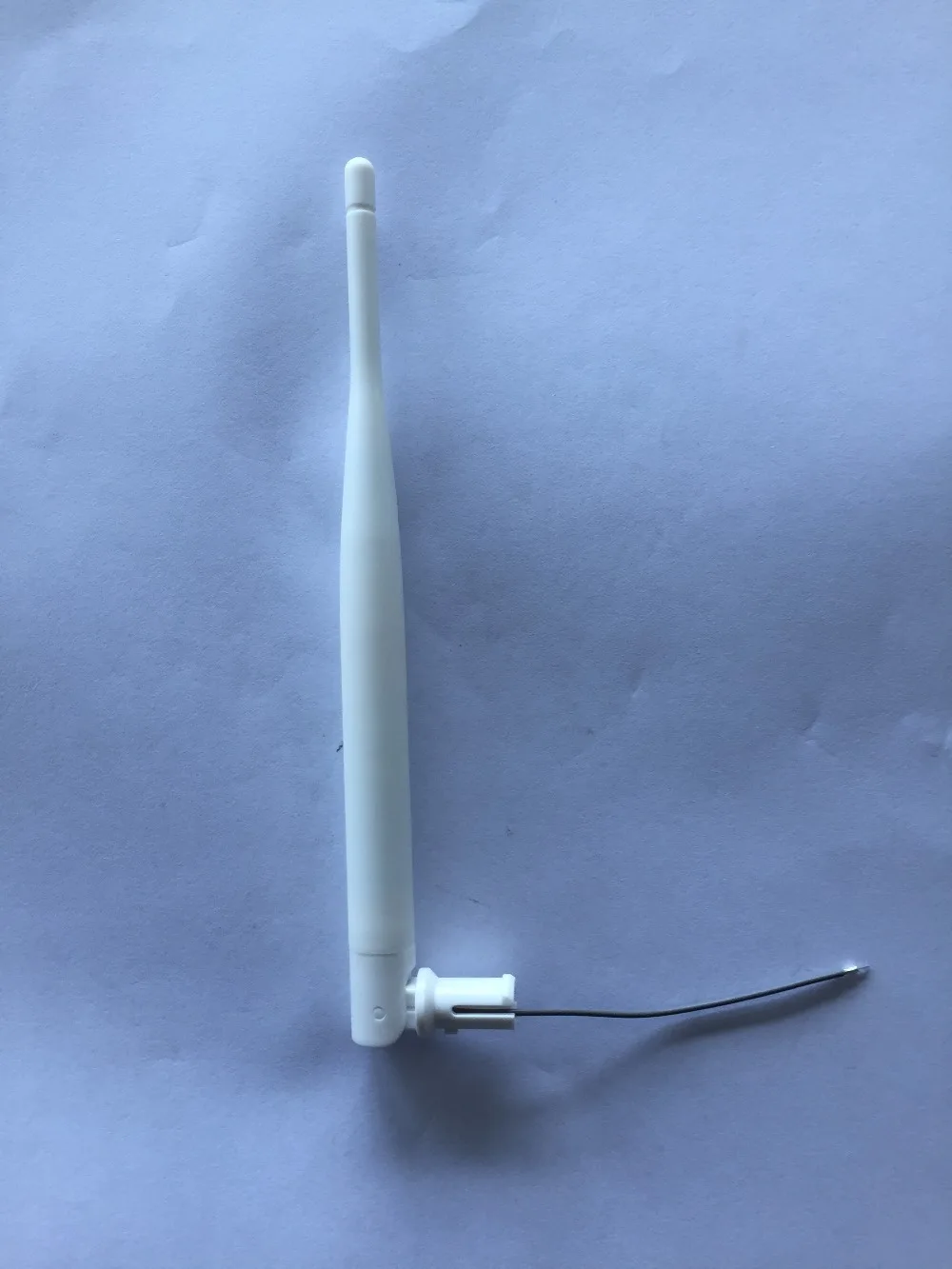

Cohen was working with 2-meter FM, meaning that a conventional antenna would need to be about one meter, and thus quite visible.

However, his then landlord had a strict policy about not attaching antennas to the building. He wondered how an antenna shaped according to fractal geometry would work.Ĭohen found that it worked very well. Cohen was a ham radio operator, and Mandelbrot’s talk intrigued him. Also giving a paper at the conference was IEEE member and radio astronomer Prof. Mandelbrot gave a paper on the landscapes of an imaginary planet at the 99th Colloquium of the International Astronomical Union, held in Balaton, Hungary in June of 1987. Some of the earliest applications of fractals were in computer graphics. In 1982, mathematician Benoit Mandelbrot published his influential book, The Fractal Geometry of Nature. Instead, today’s mobile phones owe their sleek design in part to antennas whose shapes are determined by fractals. Mobile phones would have needed many different antennas sticking out, each sized according to wavelength. Prior to the late 1980s, this would have required mobile phones to use an antenna for each frequency. BlueTooth, WiFi, and other applications use yet more frequencies. Some mobile phone systems use frequency-shift keying, which means the zeros of the digital signal are sent on one frequency and the ones are sent on another.

For example, when the user first dials, there is a carrier frequency that the phone and the base station communicate with each other to set up the call, establish which cell tower the phone is in range of, and choose which frequency or frequencies to use for the call. Mobile phones perform multiple tasks by transmitting and receiving on many different frequencies.


 0 kommentar(er)
0 kommentar(er)
